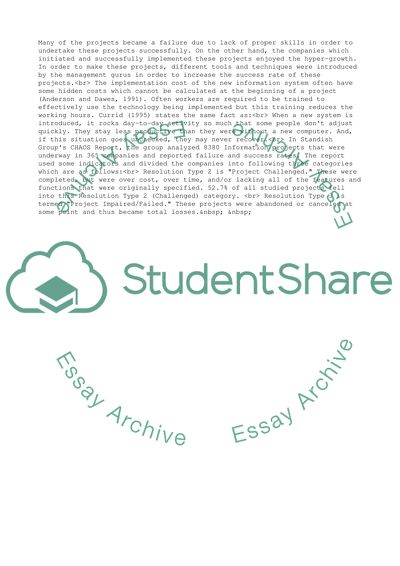Cite this document
(Project Management System: A Dow Corning Case Study, n.d.)
Project Management System: A Dow Corning Case Study. Retrieved from https://studentshare.org/management/1503716-business-systems-development-and-implementation
Project Management System: A Dow Corning Case Study. Retrieved from https://studentshare.org/management/1503716-business-systems-development-and-implementation
(Project Management System: A Dow Corning Case Study)
Project Management System: A Dow Corning Case Study. https://studentshare.org/management/1503716-business-systems-development-and-implementation.
Project Management System: A Dow Corning Case Study. https://studentshare.org/management/1503716-business-systems-development-and-implementation.
“Project Management System: A Dow Corning Case Study”, n.d. https://studentshare.org/management/1503716-business-systems-development-and-implementation.


